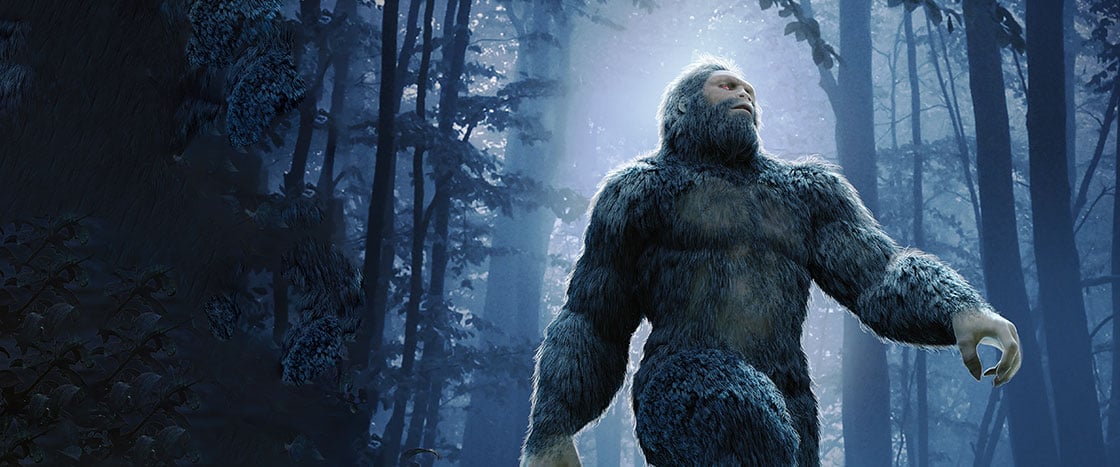On a chilly February night in 1962, a man named Robert Hatfield was standing in his sister’s backyard in Fort Bragg, California. His sister’s dogs were howling, and Hatfield had rushed outside to see what was wrong. He stared out into the forest that surrounded the house. There was something out there in the darkness.
Something big.
Something wild.
And then there it was in the shadows—a giant creature, walking on two legs. A bear, Hatfield thought, the biggest bear he’d ever seen.
He ran inside to wake up his brother-in-law. The two men went back outside and started to search around the house. Hatfield was coming around the side of the house when, Bam! He crashed right into the bear.
Except it wasn’t a bear, Hatfield was sure.
“It was covered with fur with a flat, hairless face and perfectly round eyes,” Hatfield said.
It was a chilly February night in 1962. A man named Robert Hatfield stood in his sister’s backyard in Fort Bragg, California. His sister’s dogs were howling. Hatfield had rushed outside to see what was wrong. He stared out into the forest that surrounded the house. There was something out there in the darkness.
Something big.
Something wild.
And then there it was in the shadows—a giant creature, walking on two legs. A bear, Hatfield thought, the biggest bear he’d ever seen.
He ran inside to wake up his brother-in-law. The two men went back outside and started to search around the house. Hatfield was coming around the side of the house when, Bam! He crashed right into the bear.
Except it wasn’t a bear, Hatfield was sure.
“It was covered with fur with a flat, hairless face and perfectly round eyes,” Hatfield said.

